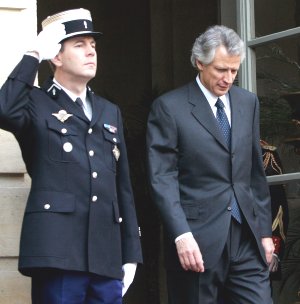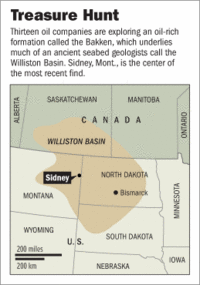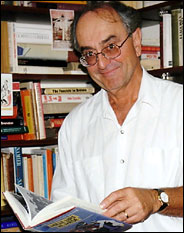 Source of image: http://www.lesoir.be/rubriques/monde/page_5715_419028.shtml
Source of image: http://www.lesoir.be/rubriques/monde/page_5715_419028.shtml
PARIS, April 4 — Waves of demonstrations, strikes and violence hit France again on Tuesday as Prime Minister Dominique de Villepin, weakened but defiant, refused to bend to the demand that the government scrap a disputed youth labor law.
It was the fifth nationwide protest since February against a modest initiative that was aimed at encouraging the hiring of young people but that has provoked an improvised, open-ended campaign against the French government itself.
. . .
But, in a sure sign that this was not a country paralyzed, the Paris Métro and bus system ran on a normal schedule. Mail and many newspapers were delivered. Only 18 percent of railroad workers were on strike, compared with 28 percent a week ago. Fifteen percent of domestic flights were canceled, half the percentage of last week. The Education Ministry reported that 23 percent of its workers were absent, compared with 36 percent last week.
In the National Assembly, Mr. de Villepin faced savage criticism from the opposition.
“Mr. Prime Minister, who is governing France today?” asked Jean-Marc Ayrault, the leader of the Socialist party bloc in the Assembly. At another point he said: “You govern no more. You hold the appearance of power, but you no longer exercise it.”
Mr. Ayrault said France was mired in a “crisis of regime with two prime ministers,” apparently referring to the active role that Interior Minister Nicolas Sarkozy has played in trying to open a dialogue with the unions.
In reply, Mr. de Villepin vowed, “The government will not give in.” Despite predictions that the law is doomed, he insisted: “What we want is a victory against unemployment. This is a victory for France.”
For the full story, see:
ELAINE SCIOLINO and CRAIG S. SMITH. “French Premier Refuses to Bow to Protests by Angry Youths.” The New York Times (Weds., April 5, 2006): A8.

 Source of image: WSJ article cited below.
Source of image: WSJ article cited below.


 R.J.B. Bosworth. Source of image: NYT book review quoted and cited above.
R.J.B. Bosworth. Source of image: NYT book review quoted and cited above. 